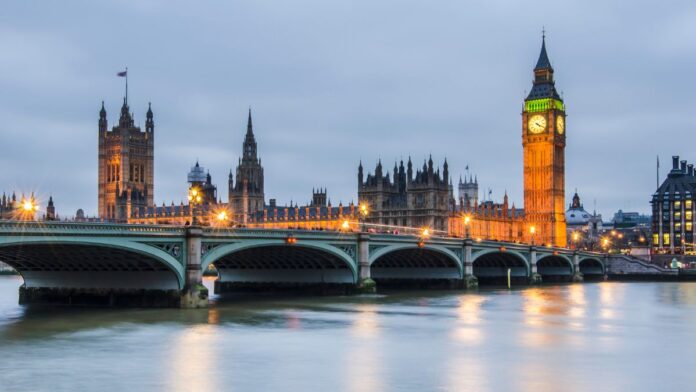For the last few years, the staycation has enjoyed a sustained surge in popularity. More and more Brits are choosing to spend their holiday time domestically. In the process, they’re saving money, reducing their emissions, avoiding the hassle, and discovering parts of the country that they might otherwise have overlooked.
If you’re considering a domestic holiday, then you’ll be faced with a choice of several different modes of transport. Let’s look at some of the best ways to travel around the UK.
READ MORE: Here’s our list of the 5 best places to visit in the south of England
Taking the train
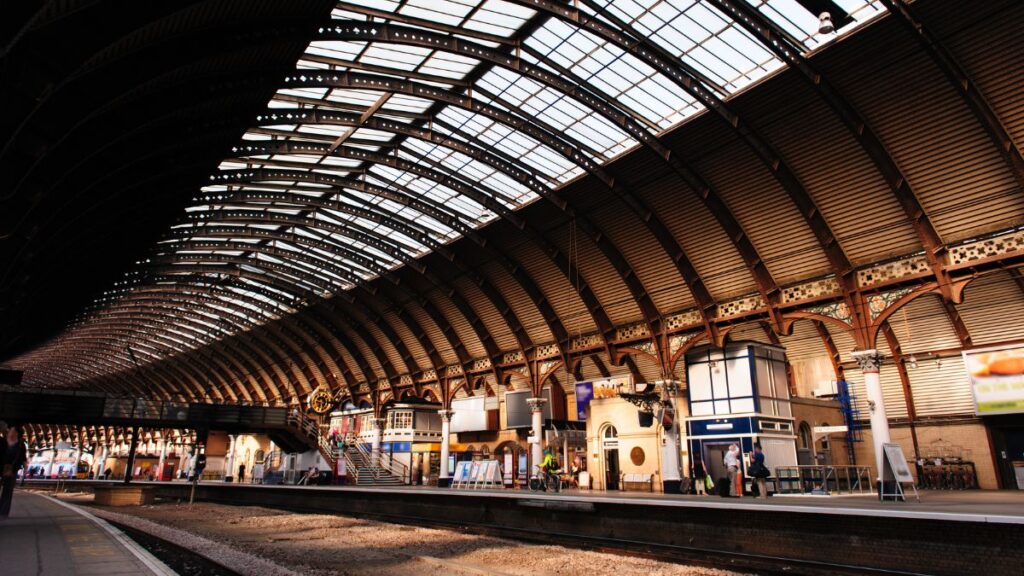
Britain boasts an extensive train network that stretches to just about every corner of the country. Wherever you are, you can be just about anywhere else in the country within a matter of hours. If you’re travelling from one major city to another, then you can expect regular trains and respectable journey times.
One of the major advantages of this form of transport, as far as holidaymaking is concerned, is that you’ll be able to divert your attention toward the view outside, and you won’t have to worry about parking, rest breaks, or driving. The downside is that you won’t be able to take the short trips that will take you from one countryside attraction to the next, which might mean hiring a car or a taxi at the other end.
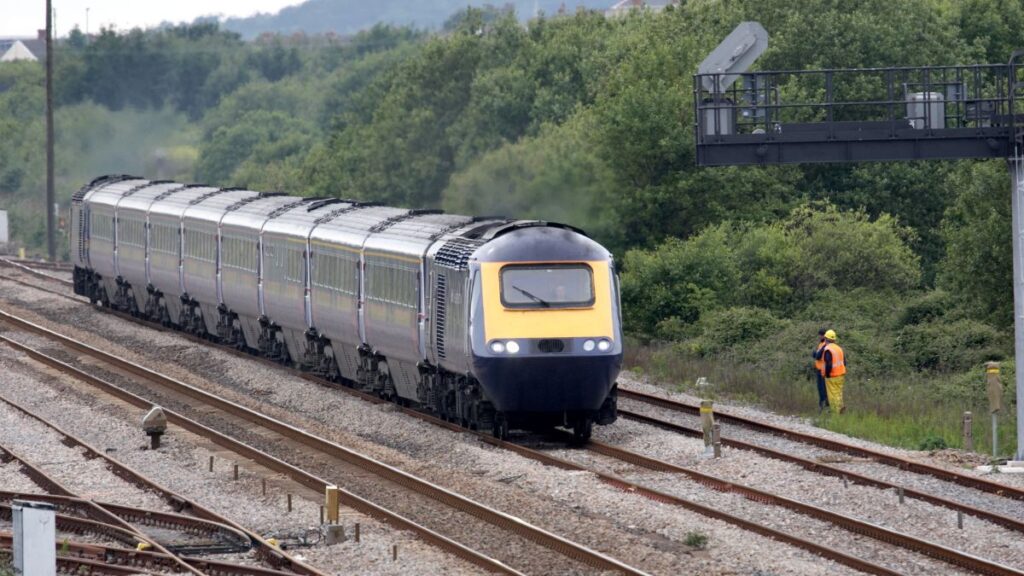
The current train strikes occurring throughout the nation are something to keep an eye on. South-eastern and West Midlands Trains were among the lines where Aslef union members embarked on a 24-hour strike. The Commonwealth Fixtures in Birmingham and fans travelling to English Football League clubs’ opening-week games were among those impacted. After several walkouts, it made passengers’ miserable summer even worse.
Driving is one of the best ways to travel around the UK
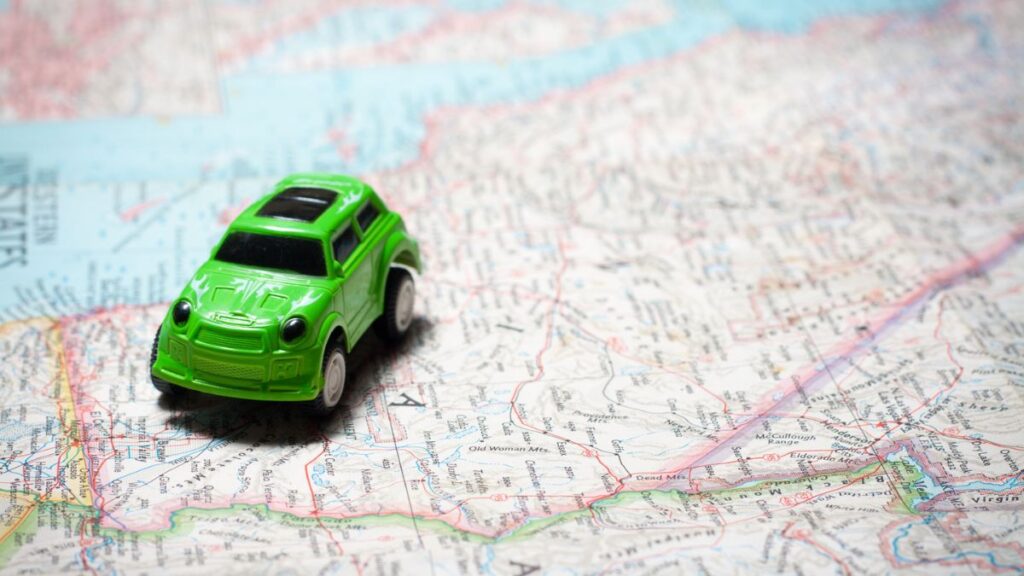
For most of us, bundling everything into a car and going on a lengthy road trip is the only sensible option. This way, you’ll be able to take far more in the way of possessions, and you’ll have the flexibility that comes with choosing your own timetable.
Before you set out, make sure that your car has undergone some basic maintenance, and that it’s fit for the journey. Top up all your oil and screen wash reservoirs, and make sure that your tyre tread is deep enough. If you need high-quality replacements, you can find Bridgestone tyres from reputable online vendors. Better to buy quality than buy repeatedly!
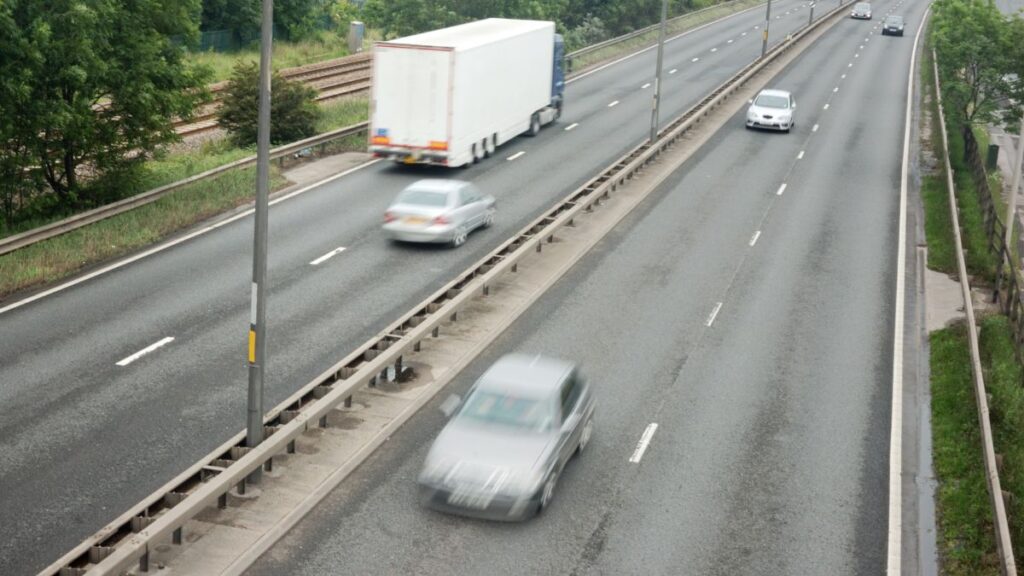
However, as living expenses rise, driving may not always be the most cost-effective alternative, particularly since the UK hasn’t done as much as other nations to reduce the burden of high gas prices, according to the RAC. According to data, only Luxembourg performed worse than other European governments who have reduced their fuel taxes, with 11 other nations providing more generous assistance. The fuel tax cuts that motorists in nations like Germany (25.1p per litre), Italy (21.2p per litre), Portugal (16.2p per litre), the Netherlands (14.7p per litre), and Ireland are enjoying dwarf the 5p per litre drop that the UK imposed in March (14.5p per litre). With the exception of Denmark (also 186p) and Finland, expenses are significantly higher in the UK than in the rest of the EU, at 186p per litre (190p).
READ MORE: Here are the 5 most visited tourist attractions around the world
Hopping on a coach or bus
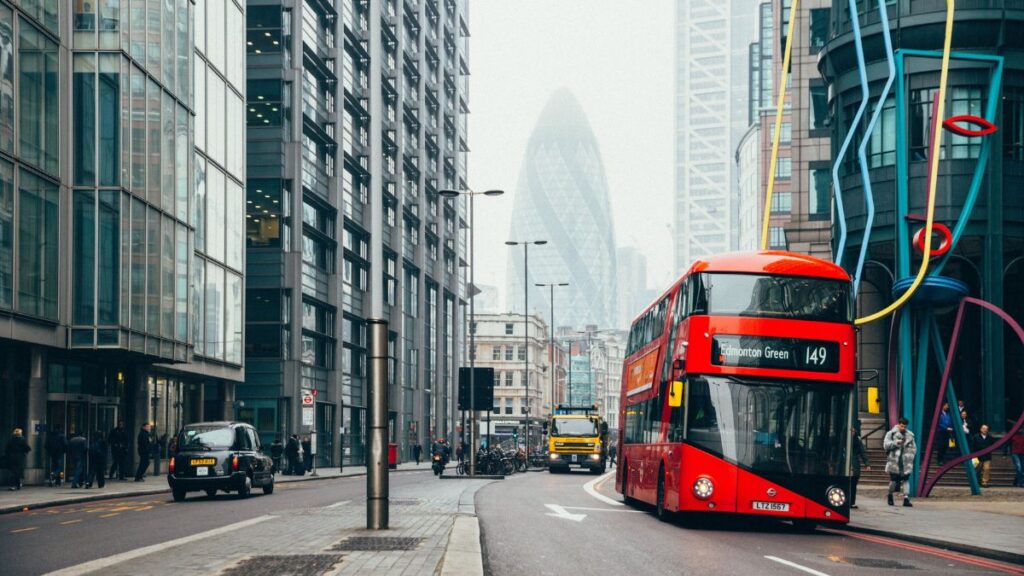
When it comes to the economy, it’s difficult to beat a coach. The major coach tour operators will run regular routes between cities, and you’ll get discounts if you’re a student, or if you’re over 50. Look for coach tours that might take you through sightseeing locations and beaches.
On the other hand, there are the regular bus services, which provide a convenient way of getting around the country, even when you can’t find a tour coach operating.
If you’re travelling by bus around a major city, then make sure that you research ahead of time and find out how much you’re going to be spending. Look at timetables and make doubly sure that you aren’t going to be stranded before you board.
A huge advantage of bus travel is the environmental benefits it provides. By car, more fuel is burned, and more gases are released when traffic is backed up on congested highways, pollution results. The ability to carry more passengers in a smaller place without creating claustrophobic conditions results in more room being made available for other cars to manoeuvre. Up to 50 cars can typically be removed from the road by one coach per journey. Although taking a bus or coach offers advantages for the environment, it also has other advantages. You save time and money by not having to park.

